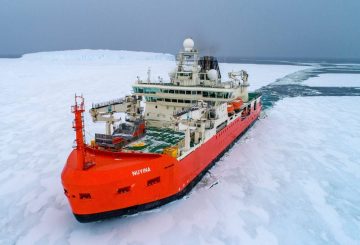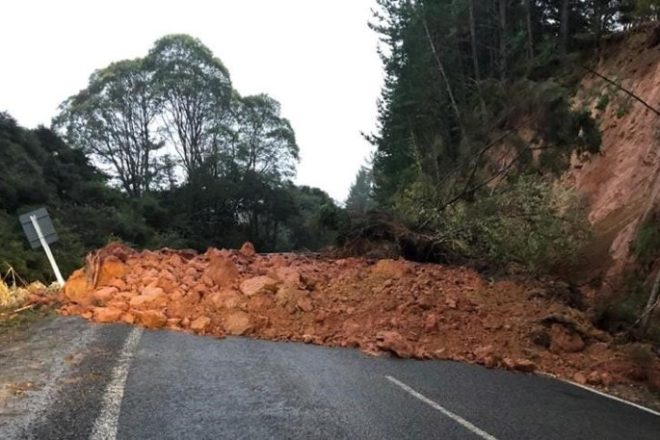Former Wellington mayor, Celia Wade-Brown, has shared her experiences of walking the length of New Zealand on the Te Araroa trail. Wade-Brown, who was mayor for six years until 2016, embarked on the hiking challenge after her term ended. The trail, which spans 3000km from Bluff to Cape Reinga, is considered the ‘ultimate Kiwi experience’ and is accessible to a wide range of hikers.
Wade-Brown and her husband completed the walk in three stages, starting in Bluff and ending in Wellington, taking about five months in total. They enjoyed the diverse landscapes, including clear lakes, rolling hills, mountain-top views, and clear night skies. The small towns and their inhabitants along the way were a highlight for them.
Despite some sections being less difficult than expected, there were challenges. One of the most difficult parts was walking along the steep banks to the Top Timaru hut. Another tough moment was climbing Mount Pirongia in the pouring rain.
Wade-Brown said the best part was waking up in the tent in the middle of nowhere, surrounded by nature. She also enjoyed the diverse plant life in the Tararua ranges and the endless views on Ninety-mile beach.
To prepare for the hike, Wade-Brown did regular walks with Wellington’s Tararua Tramping Club and went to the gym to train for carrying a heavy pack. She noted that distances on the trail were long and there weren’t always convenient places to stop.
Food supplies varied from pre-packed meals to stocking up at local shops along the way. After days of carrying a pack of over 12kg and eating dried food, Wade-Brown admitted to fantasizing about fresh food and milkshakes.
Essential gear included lightweight tents, walking poles, a tramping stove, sleeping bags, wet weather clothes, and a locator beacon for safety. Despite the weather challenges, Wade-Brown said it was a good exercise in delayed gratification.
Wade-Brown is a strong advocate for walking and hiking and is a founding member of the Wairarapa Walking Festival. The Te Araroa trail can be walked in one go or in local segments. More information about the trail can be found at https://www.teararoa.org.nz/.

















































-360x245.jpg)







